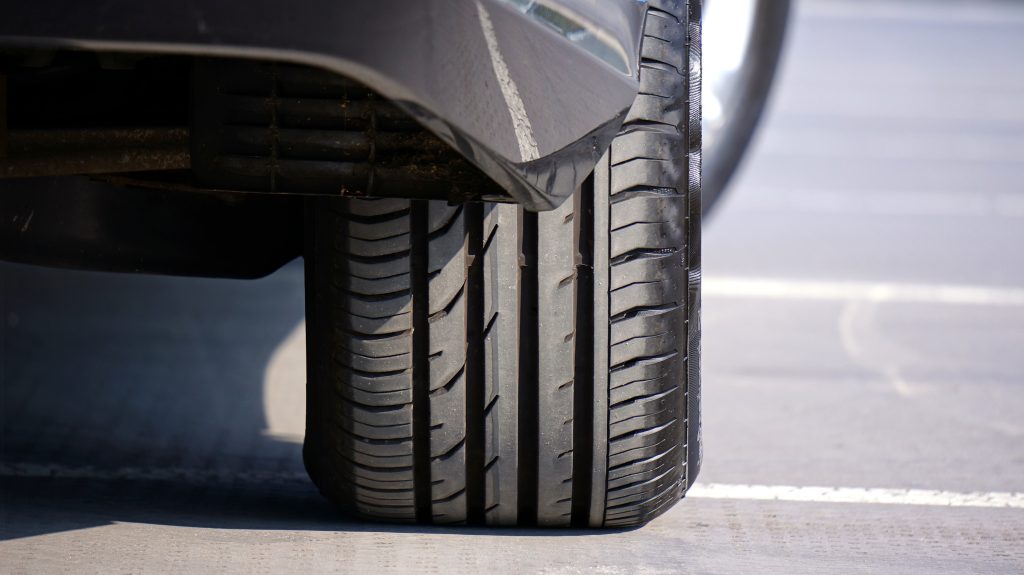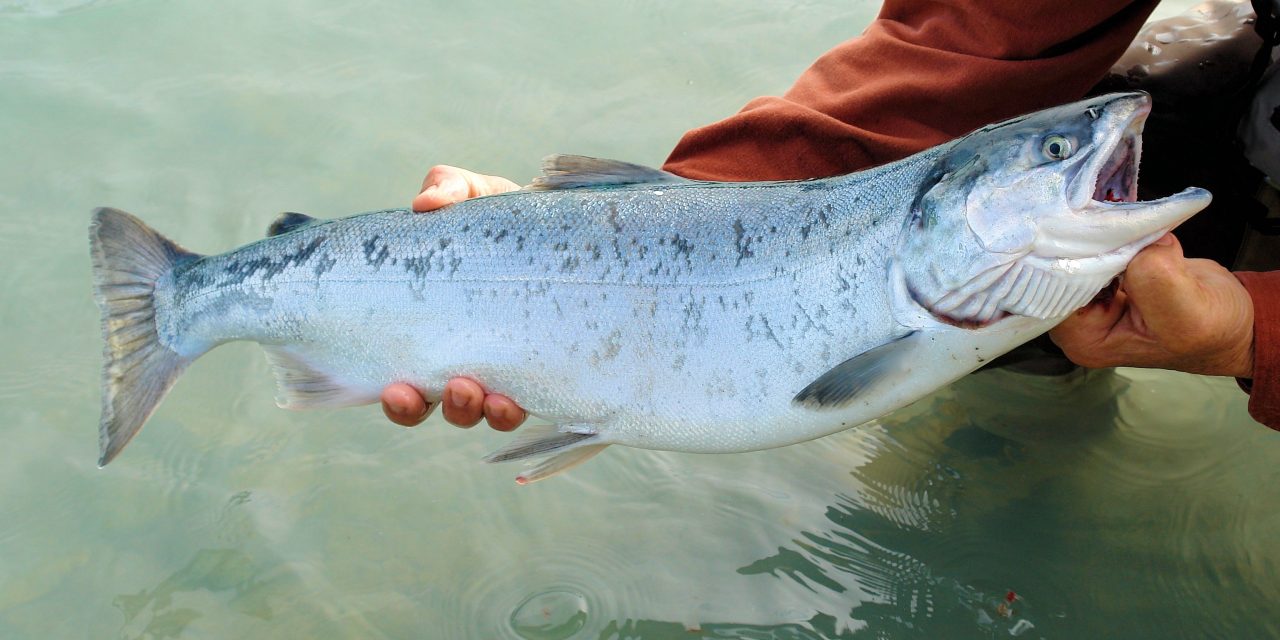Just as coal miners once used gas-sensitive canaries as bellwethers for carbon monoxide when venturing deep underground, researchers are learning much about the toxicity of stormwater runoff by studying its effects on such fish as the coho salmon.
A growing body of research suggests that the federally protected coho salmon and its relatives, which spawn in freshwater streams before migrating into coastal waters, are uniquely vulnerable to runoff that carries heavy metals, oil, and other toxic pollutants from urban roadways into nearby waterways. Previous studies have estimated that after prolonged exposure to these roadborne contaminants, salmon had mortality rates as high as 60% or more, depending on the life stage of the fish and the frequency and intensity of its intoxication.
However, new evidence is demonstrating that simple green infrastructure interventions may offer hope for the coho salmon, as well as similarly susceptible aquatic species and the broader health of vulnerable waterways. One recent study by researchers from Washington State University (WSU; Puyallup), the U.S. National Oceanic and Atmospheric Administration, and the U.S. Fish and Wildlife Service illustrates how roadside bioretention filters can drastically reduce runoff-related salmon deaths. Another effort led by Griffith University (Queensland, Australia) scientists details similar success using constructed wetlands to spare fish from microplastics shed by vehicle tires.
Simple Filtration Minimizes Mortality
WSU Aquatic Toxicologist Jen McIntyre and her colleagues have studied coho salmon mortality for years. In 2021, McIntyre co-authored a study that identified a then-undocumented chemical derived from rubber tires — 6PPD-quinone — as extremely toxic to local salmonids. This toxin killed high percentages of juvenile and adult salmon within 5 hours of exposure to concentrations as low as 0.8 μg/liter in runoff from roadways.
The latest results from McIntyre and her team, recently published in the journal Science of the Total Environment, confirm that newly hatched salmon are similarly vulnerable to roadside runoff. However, allowing this runoff to first trickle through biofiltration columns before it reaches waterways can practically eliminate the lethality of chemicals such as 6PPD-quinone. In bench-scale experiments, researchers divided 8,400 fertilized coho salmon eggs into three groups: a control group allowed to incubate in healthy waters; a group exposed to untreated runoff collected from busy Seattle roadways during one of 15 different storm events; and a group exposed to the same runoff that first had undergone biofiltration.

Although nearly all eggs across the three groups successfully hatched, in the specimens exposed to untreated runoff, mortality rates among hatchlings reached as high as 87%. However, hatchlings exposed to runoff that had undergone biofiltration in a column consisting of sand, gravel, compost, and mulch experienced substantially lower mortality rates roughly on-par with those of the control group. The only major difference, the study describes, was that the hatchlings exposed to filtered runoff developed shorter bodies and smaller eyes — traits likely to jeopardize their survival later in their development.
“This study highlights how vulnerable the fish are as soon as they hatch to the toxic impacts of stormwater runoff,” McIntyre, lead author of the new study, said in a release. “Biofiltration appears to be very effective at preventing that acute lethal toxicity. We also found that it prevented some of the sub-lethal effects, but not all of them.”
Providing absolute protection for salmonids — a vital part of the Pacific Northwest food chain and economy — calls for eliminating the need for biofiltration altogether. McIntyre acknowledges that providing sufficient biofiltration capacity to adequately protect salmon-rich waterways across the region would require an impractical amount of space in a highly urbanized area. In the case of 6PPD, a ubiquitous substance in tires that provides reliable structural integrity and enhances vehicle safety, she also acknowledges that no nontoxic substitute currently exists on the market that can match the material’s performance. In her study, McIntyre calls for expanded research into sustainable alternatives for common roadway pollutants as well as funding to implement these substitutes.
“We need to pay more attention to source control and finding out which are the worst chemicals,” McIntyre said. “Rather than just relying on filtering them at the end, we can do more to prevent them from getting into the runoff in the first place.”
Read the study, “Bioretention filtration prevents acute mortality and reduces chronic toxicity for early life stage coho salmon (Oncorhynchus kisutch) episodically exposed to urban stormwater runoff,” in Science of the Total Environment.
The Trouble With Tires
If chemicals such as 6PPD-quinone are one piece of a broader puzzle tying runoff-related pollution to fish mortality, microplastics are another. Microplastics — tiny, inorganic particles shed from an array of consumer products — are known to accumulate in fish, hamstringing their immune systems. In Australia, new research has found that vehicle tires represent an overwhelming source of these microplastics, which commonly enter waterways through runoff.
Authors of a recent study in Environmental Science & Technology estimate that tire rubber contains as many as 2,500 distinct types of plastic polymers that frequently shed onto roadways during normal operation, many of which are known environmental toxins. By analyzing roadway runoff samples gathered after storm events and tracing the origins of the substances they discovered, the researchers estimated that tire wear accounts for approximately 95% of microplastics that become entrained in runoff and flow toward waterways.
“Stormwater runoff, which contains a mixture of sediment, chemical, organic, and physical pollutants, is a critical pathway for microplastics to wash off from urban environments during rain and into local aquatic habitats,” said lead author Shima Ziajahromi, Research Fellow at Griffith University’s Australian Rivers Institute. “But to date, our knowledge of the amount of microplastics in urban stormwater, particularly tire wear particles, is limited, as [are] the potential strategies we can use to minimize this source.”
Although no perfect solutions yet exist to stem the steady tide of microplastic pollution, Ziajahromi and her team identified constructed wetlands as a significant step in the right direction. After storm events, researchers sampled sediments at the inlet and outlet of a wetland located between a busy roadway and a nearby stream. On average, sediments near the outlet contained substantially fewer microplastic particles than did those near the inlet — an average difference of more than 3,000 particles per kg.
Mirroring McIntyre’s conclusions, however, the finding that microplastics tend to accumulate as biofilms in wetland sediments before they reach waterways is a treatment rather than a cure. Besides posing similar health risks to wetland-dwelling wildlife, dredging and managing contaminated sediments in stormwater treatment measures such as constructed wetlands and retention ponds is often a costly and complex affair. More effective source-control tactics are required to keep microplastics out of runoff and aquatic wildlife out of harm’s way.
Read the study, “Microplastics and Tire Wear Particles in Urban Stormwater: Abundance, Characteristics, and Potential Mitigation Strategies,” in Environmental Science & Technology.
Top image courtesy of Barbara Jackson/Pixabay

ABOUT THE AUTHOR
Justin Jacques is editor of Stormwater Report and a staff member of the Water Environment Federation (WEF). In addition to writing for WEF’s online publications, he also contributes to Water Environment & Technology magazine. Contact him at jjacques@wef.org.





